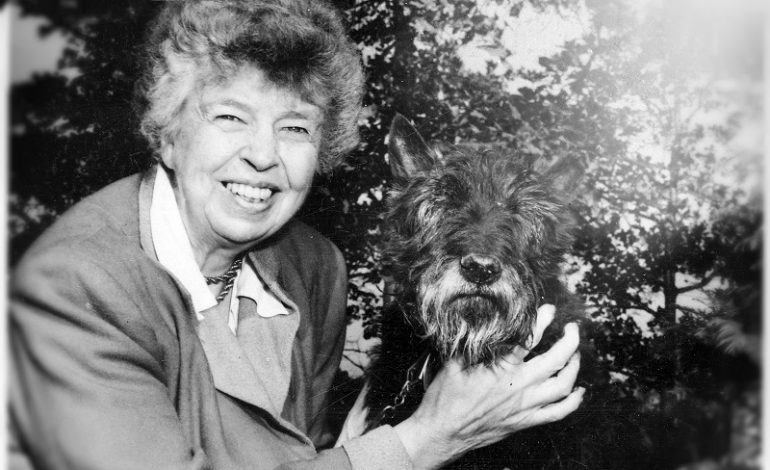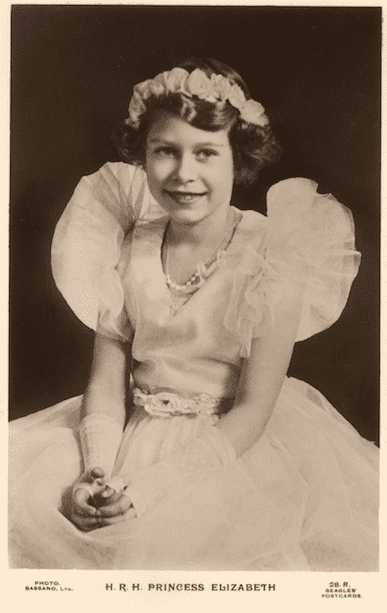نساء غيرن التاريخ وظلمتهم الكتب

وعلى الرغم من دورهما الإنساني الهام، حظيت هاتان المرأتان بمكانة متدنية مقارنة ببقية العلماء.
 صورة للعالمة غريس إلدرينغ
صورة للعالمة غريس إلدرينغوخلال ثلاثينيات القرن الماضي والتي تتصادف مع فترة إجراء كيندريك وإلدرينغ لأبحاثهما، مثّل مرض السعال الديكي تحديا حقيقيا للبشرية فبالولايات المتحدة الأميركية يفتك هذا المرض سنويا بما يزيد عن 6000 شخص، 95% منهم من الأطفال، متخطيا بذلك العديد من الأمراض الأخرى كالسل والديفتيريا والحمى القرمزية من حيث عدد الوفيات. وعند الإصابة بالسعال الديكي، تظهر على المريض بعض أعراض الزكام وترتفع درجة حرارته بشكل بسيط، كما يعاني أيضا من سعال جاف تزداد حدّته تدريجيا تليه شهقة طويلة شبيهة بصيحة الديك.
وإضافة لكل ذلك، يصاب المريض بحالة من الإعياء والإرهاق الشديد قد تسفر عن ظهور مضاعفات أخرى أكثر خطورة على حياته.
ومنذ سنة 1914، حاول الباحثون التصدي لمرض السعال الديكي بشتى السبل ولكن محاولاتهم باءت بالفشل حيث كان اللقاح الذي طرح في الأسواق بدون جدوى تذكر بسبب عدم قدرة العلماء على تحديد خصائص البكتيريا المتسببة فيه.
 صورة للطبيب الأسكتلندي جيمس ليند
صورة للطبيب الأسكتلندي جيمس ليندومع مطلع الثلاثينيات، حملت العالمتان بيرل كيندريك وغريس إلدرينغ على عاتقهما مهمة وضع حد لمعاناة الأطفال مع مرض السعال الديكي. فأثناء طفولتهما، أصيبت كل من كيندريك وإلدرينغ بالسعال الديكي وتماثلتا للشفاء، فضلا عن ذلك عملت كلتاهما لفترة وجيزة في مجال التعليم وتأثرتا لمشاهدة معاناة الأطفال مع هذا المرض.
واستقرت كل من بيرل كيندريك وكريس إلدرينغ بمنطقة غراند رابيدز (Grand Rapids) بولاية ميشيغان. فخلال سنة 1932، شهدت هذه المنطقة تزايدا هائلا لحالات الإصابة بمرض السعال ديكي. ويوميا، عمدت العالمتان، اللتان اشتغلتا بأحد المخابر المحليّة التابعة لإدارة الصحة بميشيغان، للتنقل بين منازل المصابين بهذا المرض للحصول على عينات من البكتيريا المسببة للسعال الديكي عن طريق جمع الرذاذ المتطاير من سعال الأطفال المرضى.
 صورة للعالمة لوني غوردون
صورة للعالمة لوني غوردونعملت كيندريك وإلدرينغ يوميا لساعات طويلة وقد تزامنت أبحاثهما مع فترة صعبة في تاريخ الولايات المتحدة الأميركية حيث عانت البلاد حينها من تأثير الكساد العظيم والذي حدّ من الميزانية الممنوحة للأبحاث العلمية. ولهذا السبب توفرت لهاتين العالمتين ميزانية محدودة جدا لم تخوّل لهما الحصول على فئران تجارب.
 صورة للطبيب الأميركي جوناس سولك
صورة للطبيب الأميركي جوناس سولكولتعويض هذا النقص لجأت كيندريك وإلدرينغ لاستقطاب عدد من الباحثين والأطباء والممرضات لمساعدتهم بالمخبر كما تمت دعوة أهالي المنطقة، الذين أقبلوا بكثافة، للحضور واصطحاب أطفالهم لتجربة اللقاح الجديد ضد السعال الديكي. كما استغلت كيندريك وإلدرينغ زيارة السيدة الأولى للولايات المتحدة الأميركية إلينور روزفلت (Eleanor Roosevelt) لغراند رابيدز فوجهتا إليها دعوة لزيارة المخبر ومتابعة الأبحاث وبفضل هذه الزيارة تدخلت إلينور روزفلت لتوفر بعض الدعم المادي لمشروع لقاح السعال الديكي.
 صورة لمكتشف البنسلين ألكسندر فلمنج
صورة لمكتشف البنسلين ألكسندر فلمنج صورة للسيدة الأولى للولايات المتحدة الأميركية إلينور روزفلت
صورة للسيدة الأولى للولايات المتحدة الأميركية إلينور روزفلتوفي سنة 1934، حققت أبحاث كيندريك وإلدرينغ نتائج مذهلة بغراند رابيدز فمن جملة 1592 طفلا تم تطعيمهم ضد السعال الديكي، أصيب 3 فقط بهذا المرض بينما بلغ عدد الأطفال غير المطعمين والمصابين بالمرض 63 طفلا. وخلال السنوات الثلاث التالية، أكدت التجارب نجاعة هذا التلقيح الجديد ضد السعال الديكي حيث أثبتت عملية تطعيم مجموعة أطفال بلغ عددهم 5815 طفلا تراجع نسبة الإصابة بهذا المرض بنحو 90 بالمائة.
واصلت كل من كيندريك وإلدرينغ أبحاثهما على هذا اللقاح خلال الأربعينيات وانتدبتا العديد من العلماء المميزين لمساعدتهما، وقد كانت لوني غوردون (Loney Gordon) من ضمن هؤلاء العلماء، حيث ساهمت الأخيرة في تحسين هذا اللقاح وأسهمت بشكل كبير جدا في ظهور اللقاح الثلاثي DPT ضد الخناق والسعال الديكي والكزاز






